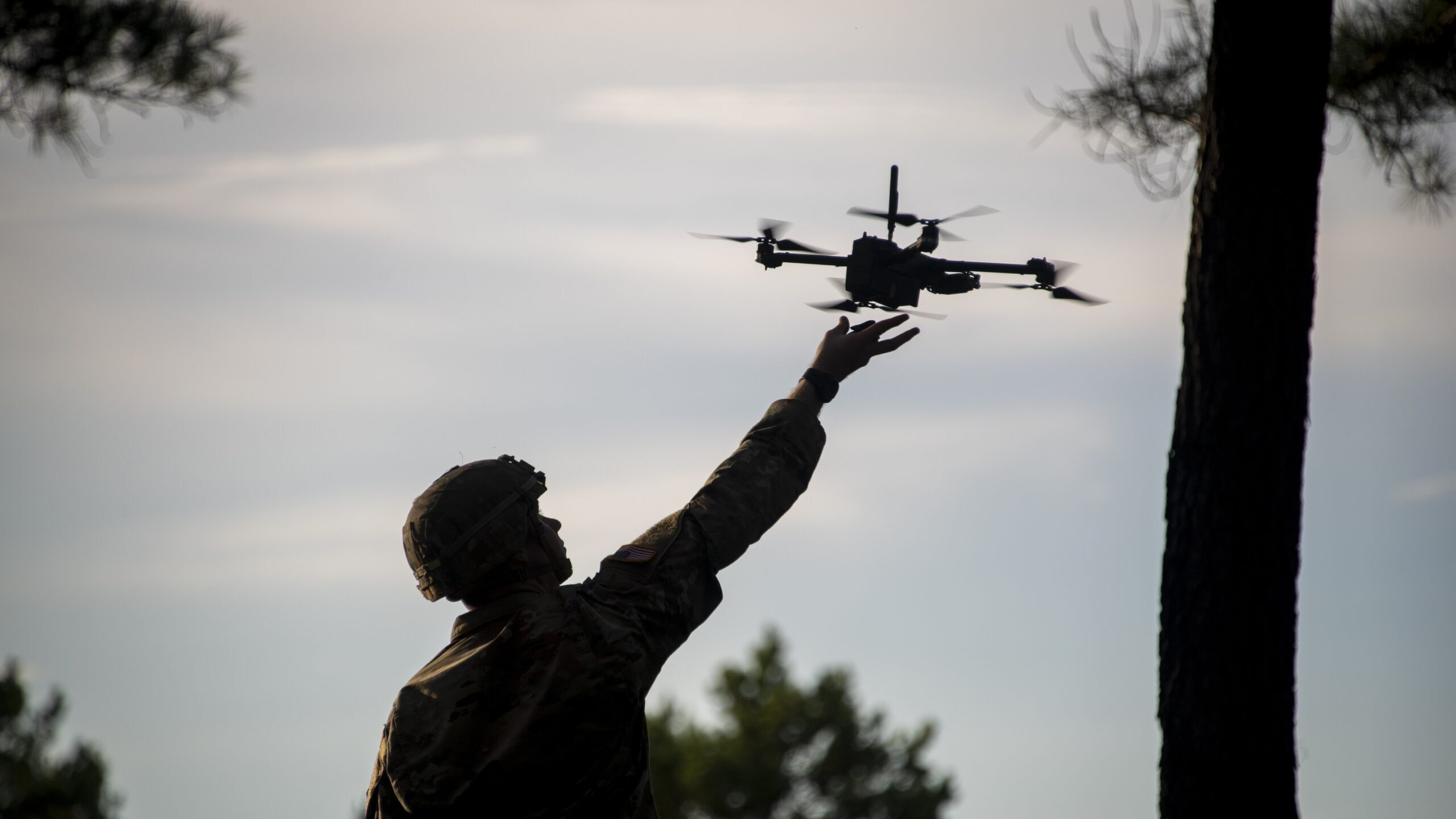JASPREET GILL

It’s been nearly two months since Deputy Defense Secretary Kathleen Hicks announced Replicator, an ambitious new initiative to counter China’s mass with thousands of drones, and industry wants to get involved.
But in front of Congress today, experts raised concerns about how Replicator will be implemented and funded, and whether the Defense Department has communicated the effort clearly enough to industry and the military services — and lawmakers seemed to agree.
Rep. Mike Gallagher, R-Wisc., chairman of the House Armed Services cyber, innovative technologies and information systems subcommittee, said during a hearing that Congress and industry “are still left without any details on Replicator, what is necessary to make it successful, whether it is feasible and what counter-effects it seeks to offer to counter Chinese military capabilities.”
Replicator was announced in August by Hicks, who said the initiative aims to field thousands of attritable autonomous systems in 18 to 24 months, a timeline that is a “large undertaking” for the DoD, an entity “not exactly known for being speedy,” Rep. Dale Strong, R-Al., said at the hearing.
At the time, Hicks said DoD was purposely going to be “cagey” about what it would share about the effort, and so far that seems true.
As it currently stands, Replicator “is kind of aiming at the wrong problem,” witness Bryan Clark, senior fellow at the Hudson Institute said during the hearing. “So the idea of using mass alone to be able to counter China’s mass is probably not the right solution for the US. China … can generate targets at a lower cost and more easily than we can generate successful shots on targets. So if we’re going to try to match mass for mass, we’ve probably picked the wrong adversary, the wrong scenario.
What the US needs to do, Clark said, “is think about not just using mass but using our innovative, more creative operational capabilities.”
He added that for the first instantiation of Replicator, DoD should focus on “something other than mass,” like enabling operational innovation, and that it doesn’t seem like there is a “strong analytic background for the solution sets” DoD is pursuing.
The “biggest challenge,” according to Clark, is that DoD hasn’t addressed how unmanned systems will be integrated “in ways that are going to enable them to communicate with one another, be managed by a command and control system and then operate in a way that creates creative operational concepts for us to pursue and dilemmas for enemies to deal with.”
Clark was joined by Bill Greenwalt, nonresident senior fellow at the American Enterprise Institute, and Paul Scharre, executive vice president and director of studies at the Center for New American Security. While the analysts agreed that Replicator is a goal worth pursuing for DoD, they shared what they see as obstacles surrounding the effort, including worries that funding would strip away money from other long-range precision fire programs.
“The potential of … crowding out other critical needs is one of my biggest concerns about Replicator right now,” Greenwalt said. “Funding flexibility in innovation is absolutely critical. And right now there are very few pots of money that the department can actually use and move around in the year of execution to essentially focus on things that look like they’re going to be something that we can scale up.”
Greenwalt added that DoD’s investment in unmanned systems has been “pretty anemic” and scaling up will be an issue for drone manufacturers when it comes to Replicator, in part because the supply chain “is not American or even allied.”
“And that’s going to be a real problem when you try to scale up and the time to actually get those parts … into the United States is going to be a delaying factor in achieving our objectives,” he said.
In a report submitted to the subcommittee, the Association for Uncrewed Vehicle Systems called out the lack of an industrial base in the US that can meet the goals laid out in Replicator. Scharre, who was asked about the report and what the US can do to “revitalize” its domestic drone manufacturing industrial base, said the problem is “embedded into a much bigger problem of the US tech relationship with China.” Setting incentives for industry to move production to partners allied countries will be important, he said.
According to the report, it “may be possible, with significant effort, to rapidly integrate many thousands of uncrewed and autonomous systems in the next 18-24 months; however, maintaining that pace, scaling production levels to increase the velocity, and backfilling the loss of attritable systems will require significantly greater attention and policy changes.”
No comments:
Post a Comment